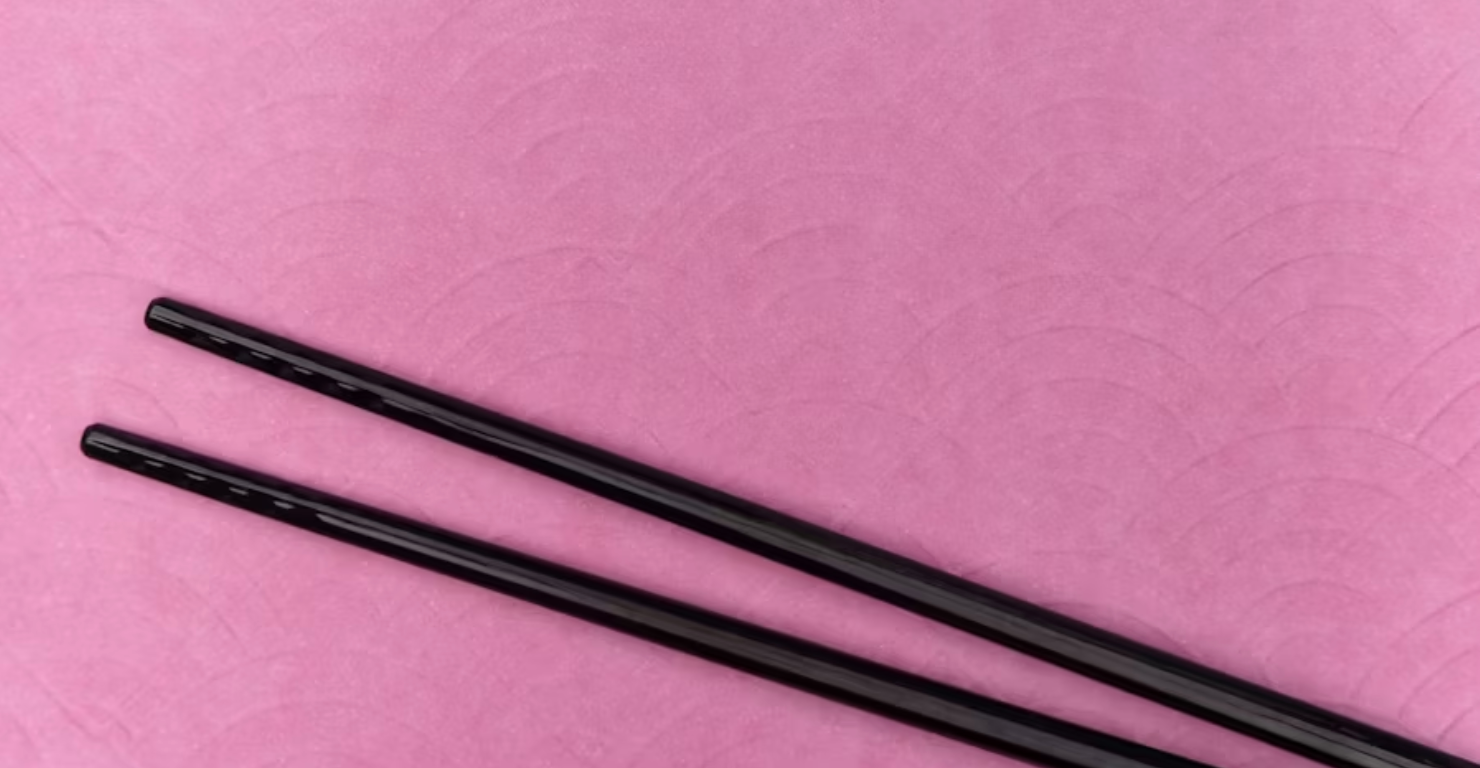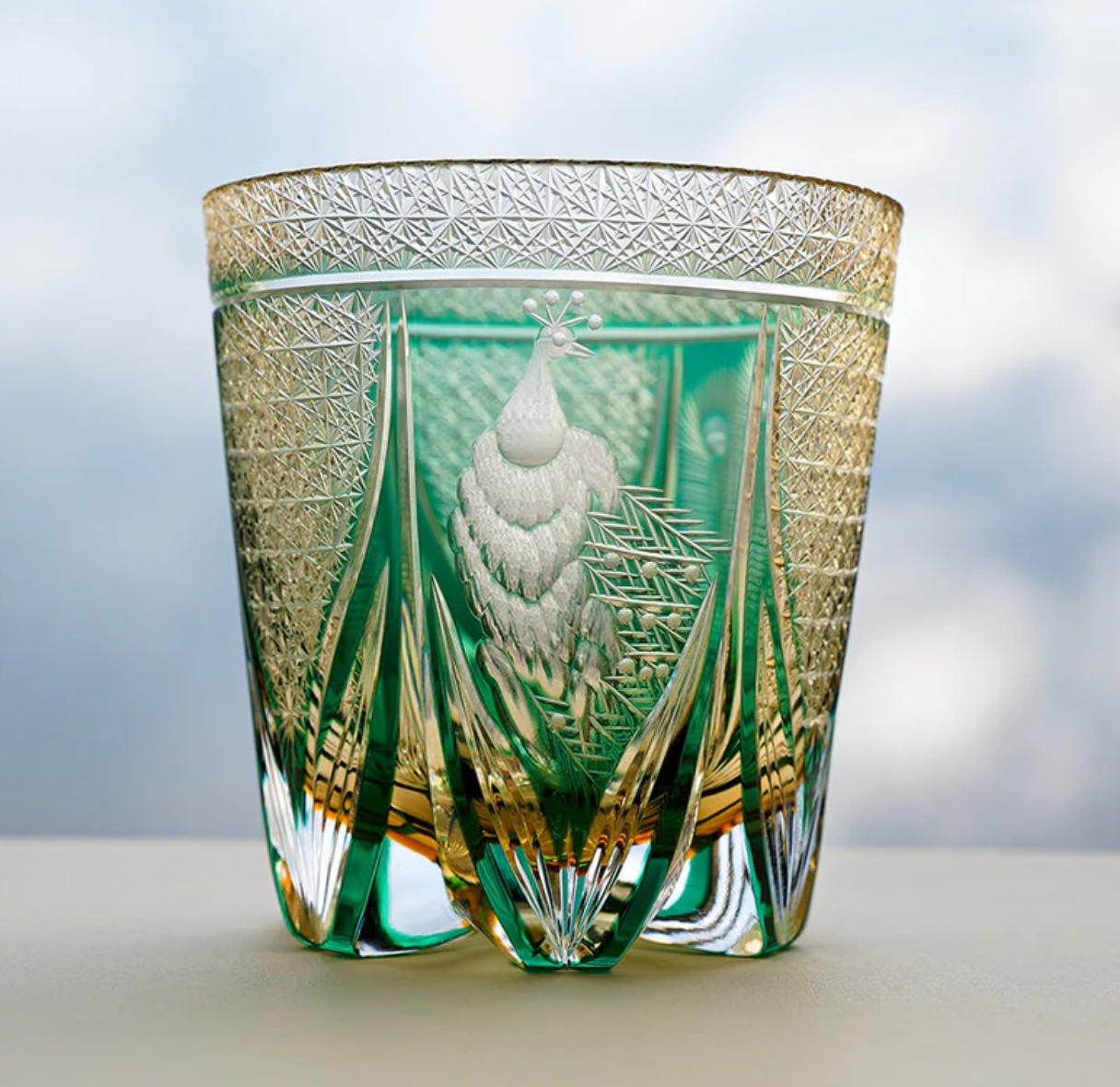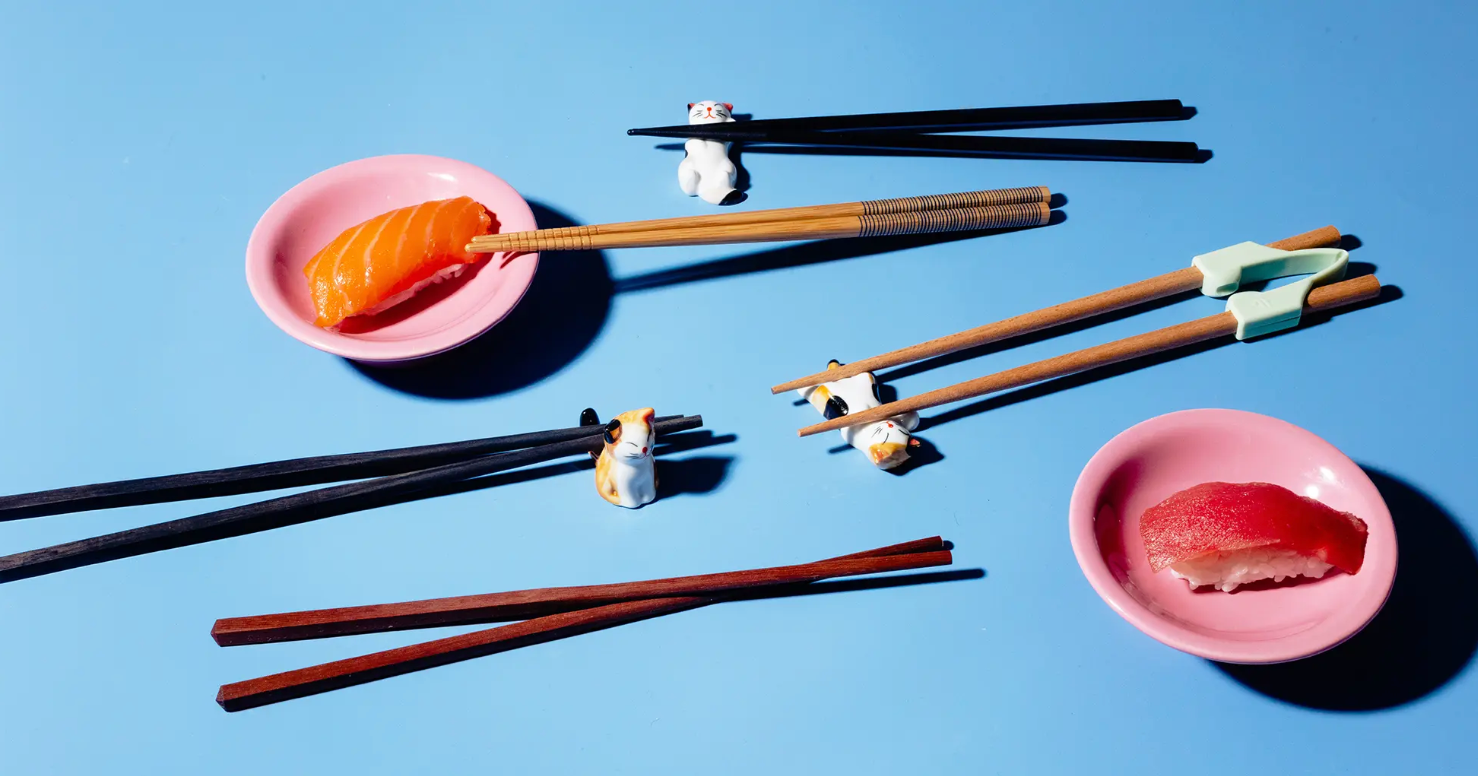
The Unspoken Language of the Table: Advanced Chopstick Etiquette for the Discerning Diner
For the true connoisseur of Asian cuisine, proficiency with chopsticks extends far beyond mere technique. It delves into an unspoken language – a tapestry of subtle gestures, mindful movements, and respectful considerations that define the truly discerning diner. Navigating a sophisticated Japanese kaiseki meal or a grand Chinese banquet with elegance requires not just skill, but an intimate understanding of advanced chopstick etiquette. This is where true refinement lies, transforming a simple meal into an act of cultural appreciation and graceful engagement.
Why Advanced Etiquette is a Mark of Refinement
Beyond avoiding overt faux pas, mastering the subtle art of chopstick etiquette showcases:
- Profound Cultural Respect: It demonstrates an understanding and appreciation for the traditions that imbue Asian dining with its unique character.
- Elevated Dining Experience: It allows you to participate seamlessly and confidently, enhancing your enjoyment and that of your fellow diners.
- An Impression of Poise: It projects an image of sophistication, mindfulness, and thoughtful consideration, essential qualities for any global epicure.
- Seamless Integration: It prevents unintended social awkwardness, ensuring your focus remains on the culinary journey.
Let's delve into the nuanced rules that differentiate the casual user from the truly refined diner.
The Nuances of Chopstick Grace: Rules for the Discerning
While our previous guide covered the fundamentals of holding chopsticks, true mastery involves understanding these more intricate points of chopstick protocol:
-
Hashiwatashi (箸渡し): The Direct Pass Taboo
- The Rule: Never, under any circumstances, pass food directly from your chopsticks to another person's chopsticks. This act chillingly mimics a specific part of Japanese funeral rites where cremated bone fragments are passed.
- The Refined Alternative: If offering food, place it on a small, individual plate (a torizara) for the recipient to pick up themselves. For communal dishes, always use communal serving chopsticks (toribashi - 取り箸) provided, rather than your personal chopsticks.
-
Sashi-bashi (刺し箸): The Stabbing Gesture
- The Rule: Avoid stabbing food with your chopsticks. This is considered extremely crude and aggressive, undermining the grace of the utensil.
- The Refined Alternative: Master the gentle "pincer" grip. If a piece of food is truly unmanageable, it's often more polite to use a small spoon or fork if available, or simply accept that it's not meant to be picked up with chopsticks.
-
Tate-bashi (立て箸): The Upright Burial
- The Rule: Never stick your chopsticks upright into a bowl of rice or any dish. This resembles the incense sticks placed upright at funerals and is a significant cultural taboo.
- The Refined Alternative: When taking a break from eating, always lay your chopsticks parallel to each other across your bowl, or, ideally, place them neatly on a chopstick rest (hashioki - 箸置き).
-
Mayoi-bashi (迷い箸): The Wavering Indecision
- The Rule: Do not hover your chopsticks indecisively over multiple dishes in a communal setting, or wave them around while speaking. This shows indecision and lack of manners.
- The Refined Alternative: Decide what you wish to take from a communal dish before extending your chopsticks. Move directly and gracefully to your chosen portion.
-
Neburi-bashi (舐り箸) & Kami-bashi (噛み箸): The Undignified Lick or Bite
- The Rule: Avoid licking food off your chopsticks, sucking on their ends, or biting them. These actions are considered unhygienic and unrefined.
- The Refined Alternative: If food remains on your chopsticks, gracefully bring it to your mouth. If you need to clean them, use your napkin discreetly.
-
Saguri-bashi (探り箸): The Digging Expedition
- The Rule: Do not use your chopsticks to rummage, dig, or search through a dish for a specific item. This suggests greed and disrespect for the communal food.
- The Refined Alternative: Take the portion that is most easily accessible and presented.
-
Yose-bashi (寄せ箸): The Dish Pull
- The Rule: Never use your chopsticks to pull a dish closer to you.
- The Refined Alternative: Use your hands to move dishes gently and quietly.
-
Utsuri-bashi (移り箸): The Dish-Hopping Impulse
- The Rule: Once you pick up food from a communal dish, eat it immediately before moving your chopsticks to another dish. Do not transfer food from one dish to another without eating first.
- The Refined Alternative: Focus on finishing the morsel you've selected before choosing your next.
-
Watashi-bashi (渡し箸): Resting Across the Bowl
- The Rule: While laying chopsticks across your bowl for a very brief rest is sometimes seen, it's generally considered less refined than using a dedicated chopstick rest.
- The Refined Alternative: Always aim for a hashioki. If none is available, place them parallel on a side plate or the edge of your individual bowl, pointing away from you.
The Essential Role of the Hashioki (Chopstick Rest)
The humble hashioki is an emblem of meticulous dining etiquette. It provides a clean, elegant resting place for your chopsticks when not in use, preventing them from touching the table or soiling the tablecloth. Beyond practicality, chopstick rests are often miniature works of art, adding a subtle touch of beauty and refinement to any table setting.
Cultivating Poise and Mindfulness
Ultimately, advanced chopstick etiquette is about more than rules; it's about cultivating a mindful presence at the table. It enhances your appreciation for the food, the company, and the cultural richness of the dining experience. Each graceful movement becomes a silent nod of respect, transforming your meal into a truly sophisticated ritual.
To fully embrace this refined art, ensure you have the right tools. At Oriental Artisan, our collection of luxury chopsticks and exquisite chopstick rests are meticulously chosen to complement your dining aspirations. Crafted from premium materials and designed for impeccable balance, they are the perfect companions for mastering the unspoken language of the Asian table.
Elevate your dining presence with grace and precision. Explore Oriental Artisan's curated selection of premium chopsticks and elegant chopstick rests today, and perfect the art of distinguished dining.




Leave a comment
This site is protected by hCaptcha and the hCaptcha Privacy Policy and Terms of Service apply.